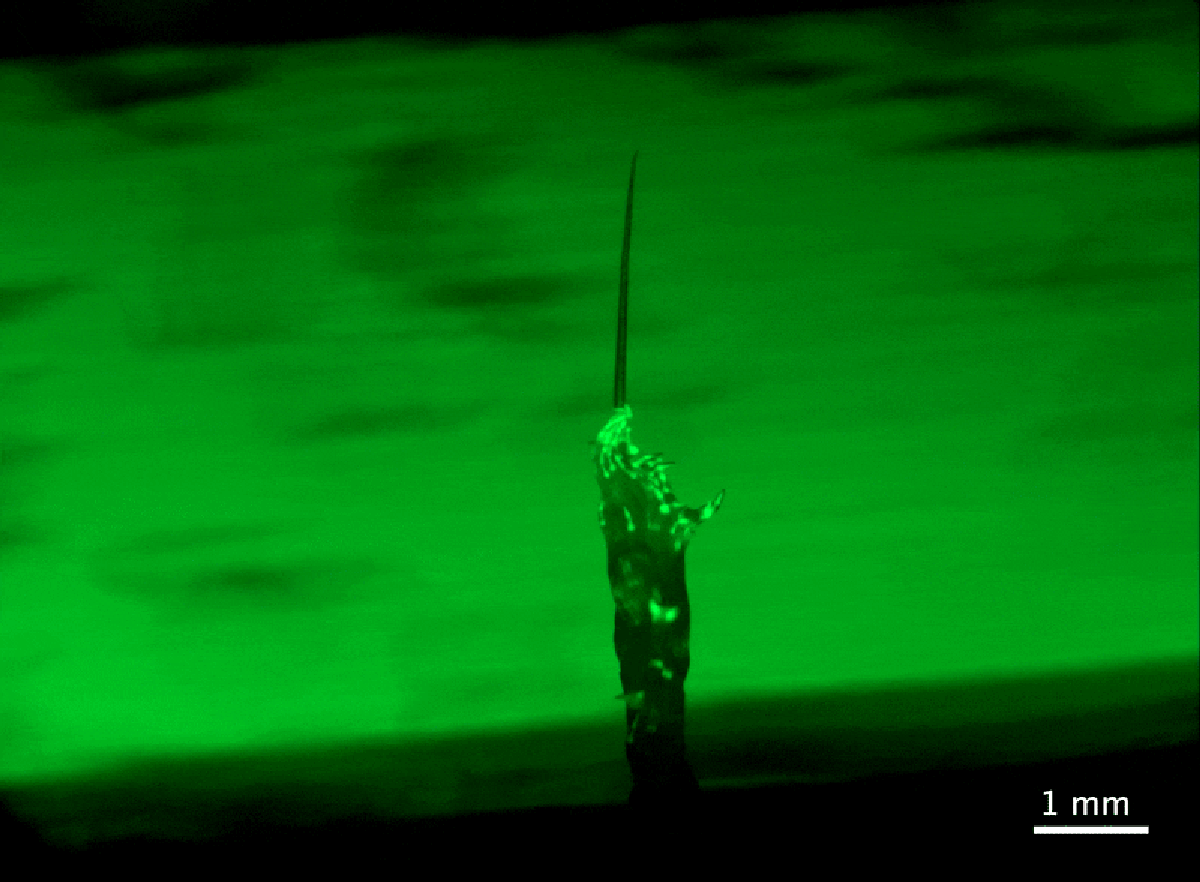Now Reading: Tower of Worms’: The Science Behind This Squirming Superorganism
-
01
Tower of Worms’: The Science Behind This Squirming Superorganism
Tower of Worms’: The Science Behind This Squirming Superorganism

Rapid Summary
- Scientists have captured the first videos of wild Caenorhabditis roundworms forming living towers in their natural surroundings.
- the behavior was observed on rotting fruits near the max Planck Institute of Animal Behavior in Konstanz, Germany.
- Laboratory experiments recreated this phenomenon by placing starved worms near a toothbrush bristle, leading them to climb and form coordinated structures that respond to environmental stimuli.
- The towers are thought to help worms locate richer food sources or hitch rides on other organisms like fruit flies for dispersal.
- Communication within these “superorganism” towers is suspected to involve pheromones and movement patterns,though further research is planned by biologist Daniela Perez’s team.
Indian Opinion Analysis
the study marks a important leap in understanding collective survival strategies among microscopic organisms, underscoring the complexities of behavior even at such small biological scales. Findings from this research have broader implications for understanding cooperative behaviors across species and could inspire new approaches in bioengineering or robotics by mimicking nature’s coordination mechanisms. For India-home to diverse ecosystems-it highlights how exploring unique behavioral patterns in native microorganisms could provide critical insights into managing agricultural resources and pest control. Further investigation into organismal communication networks presents opportunities for scientific collaboration globally.
























